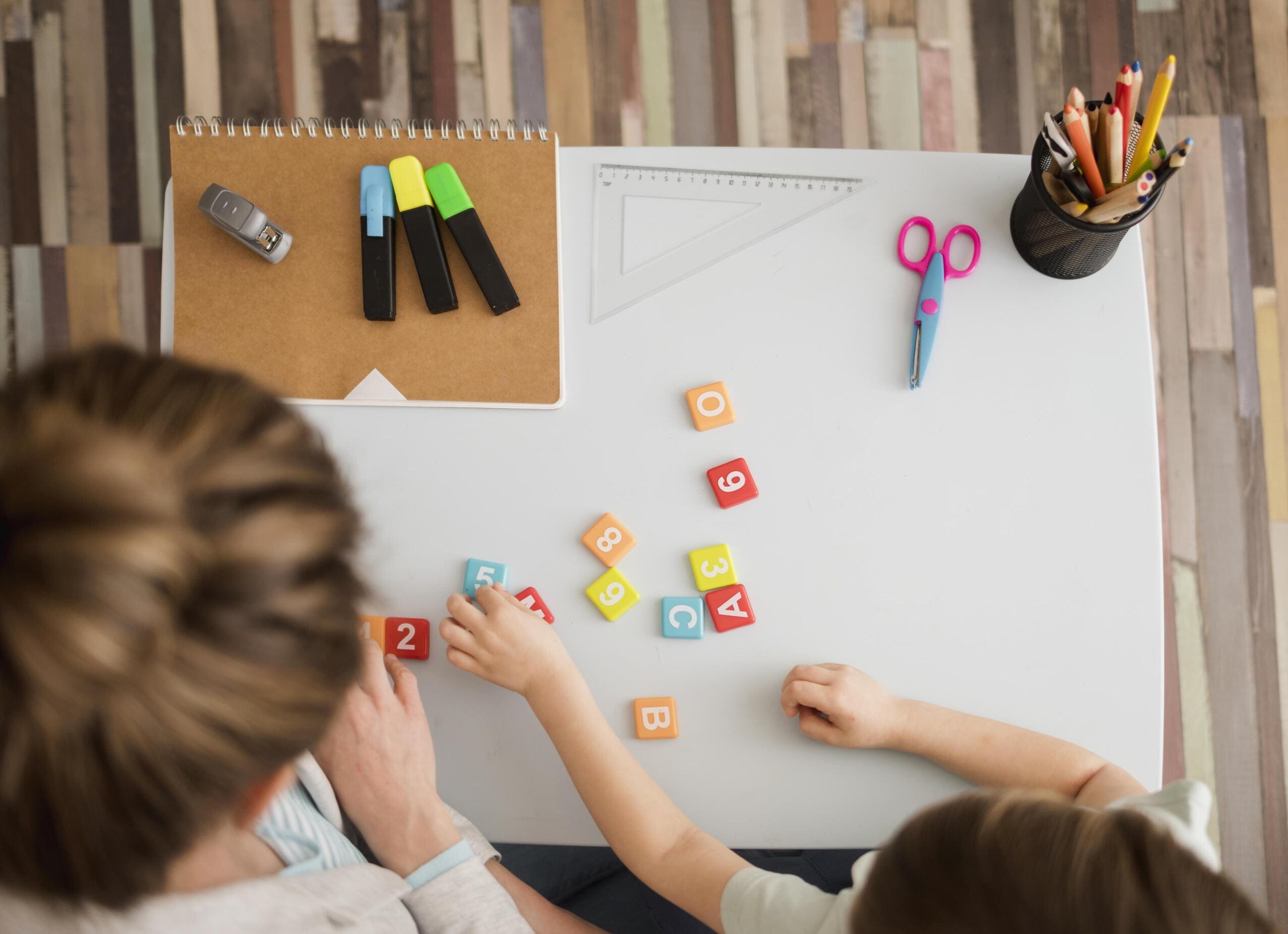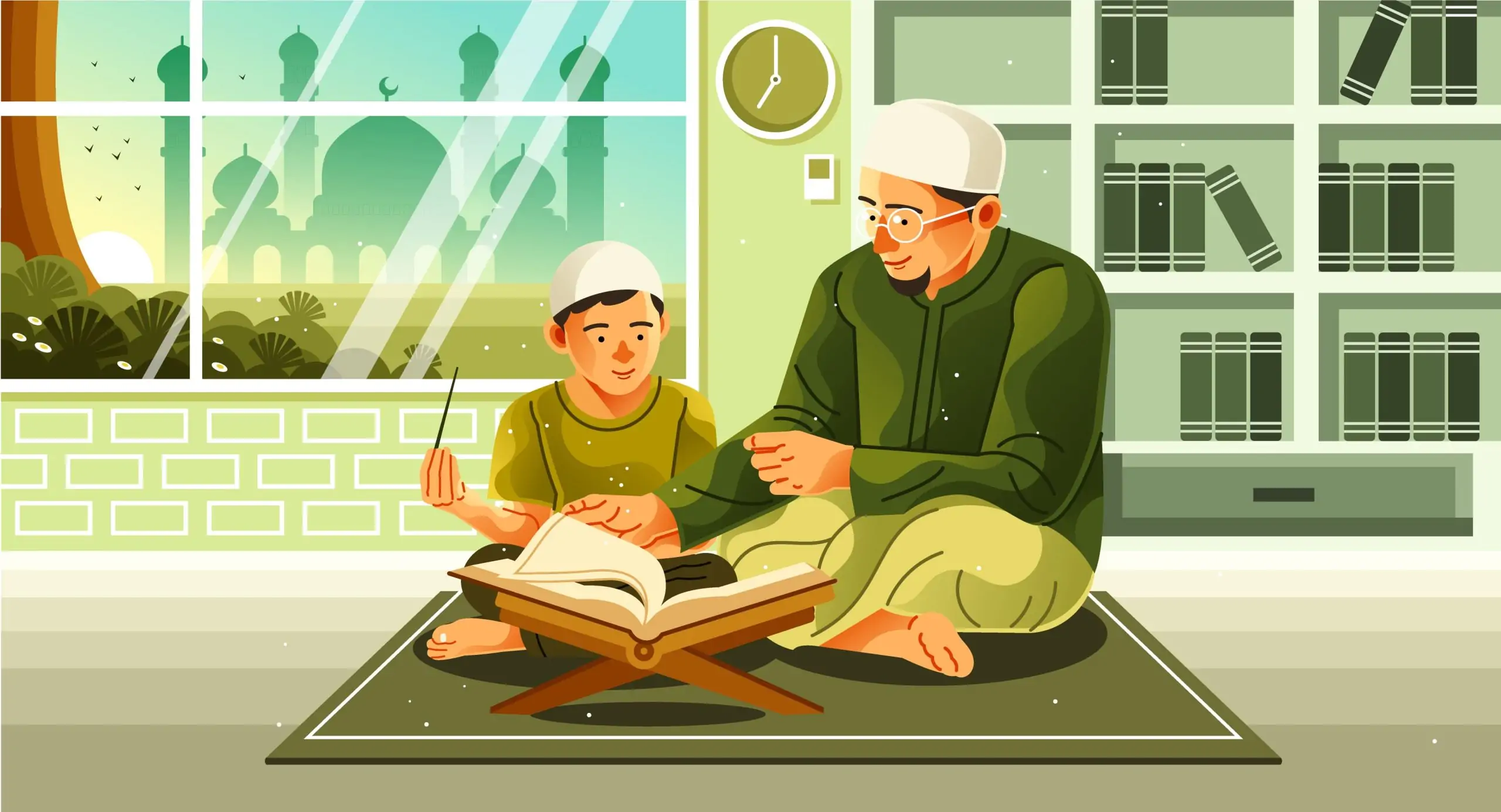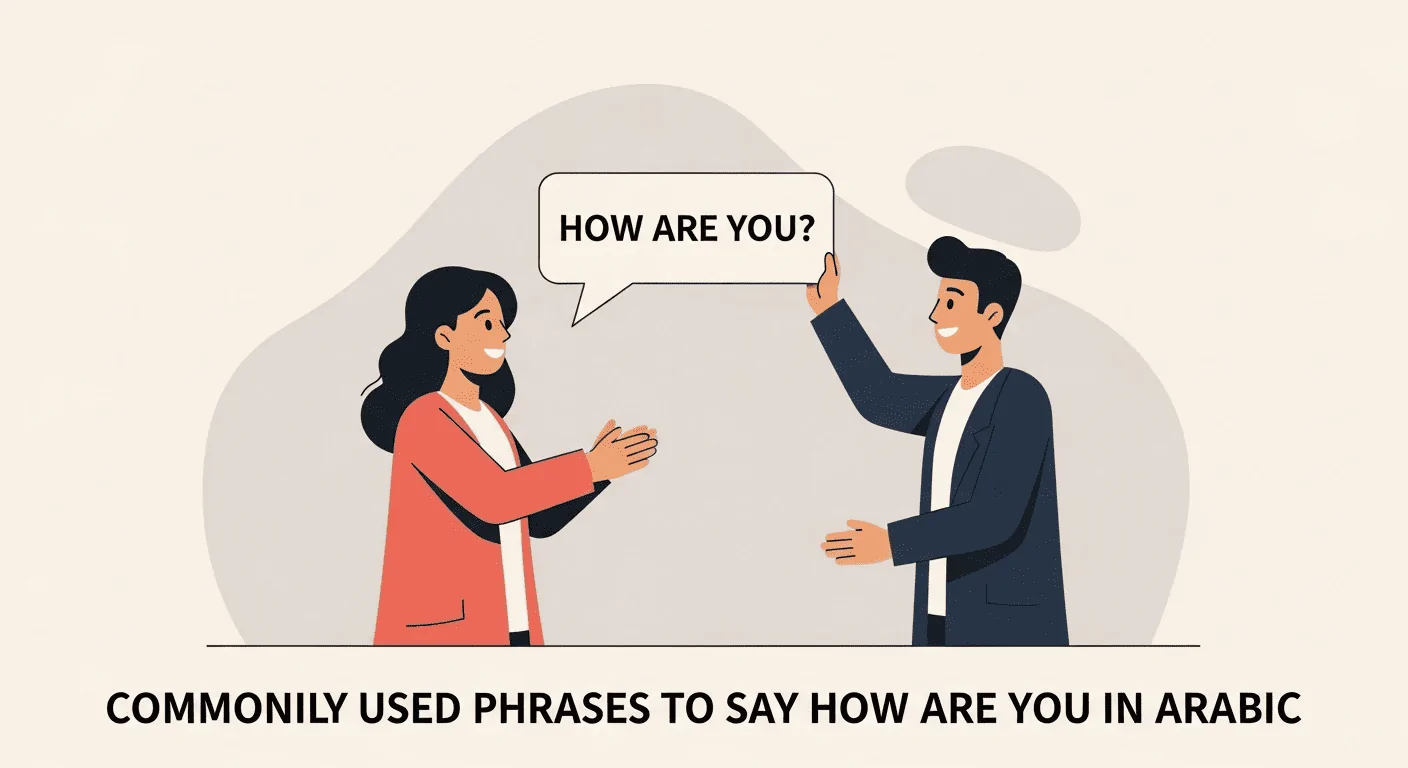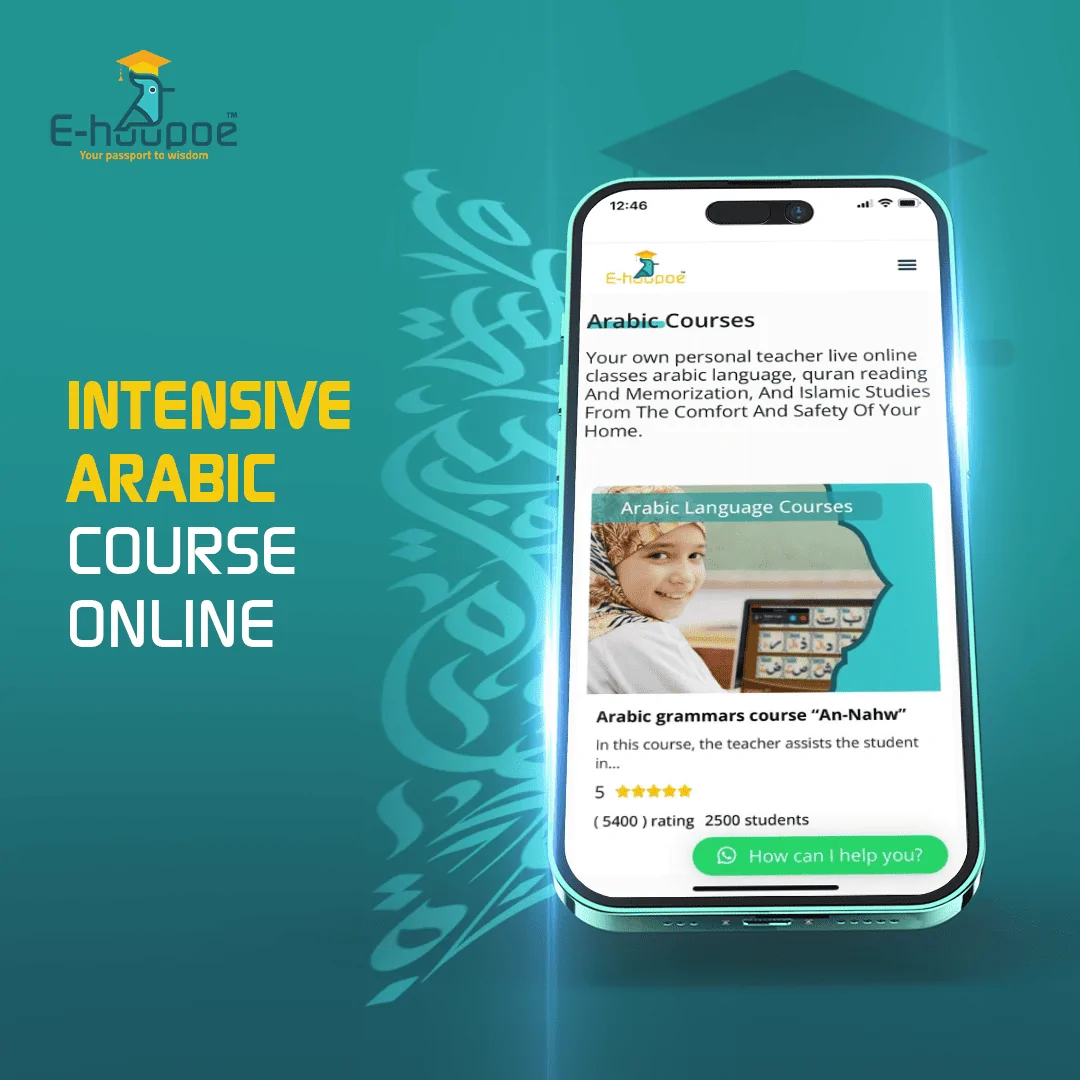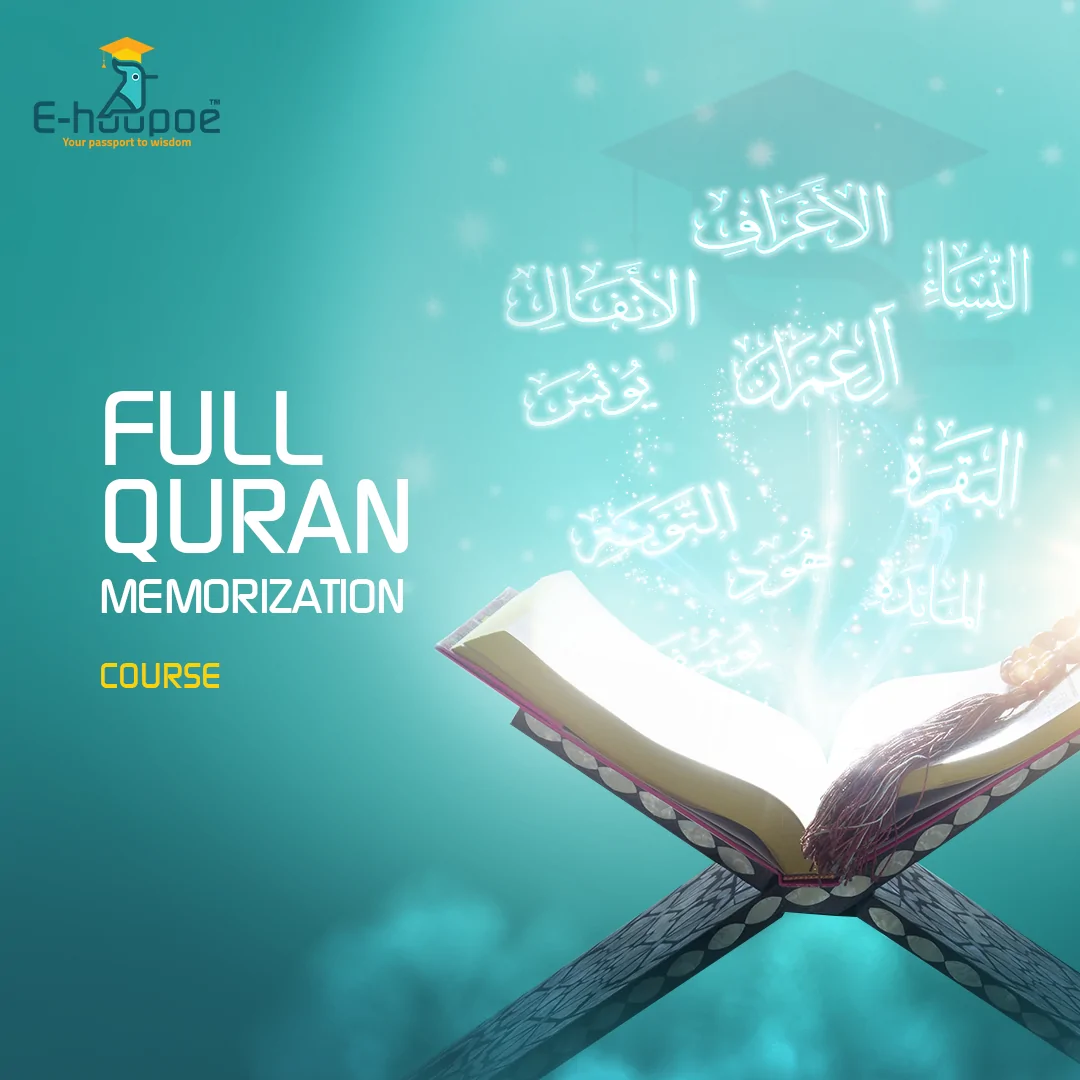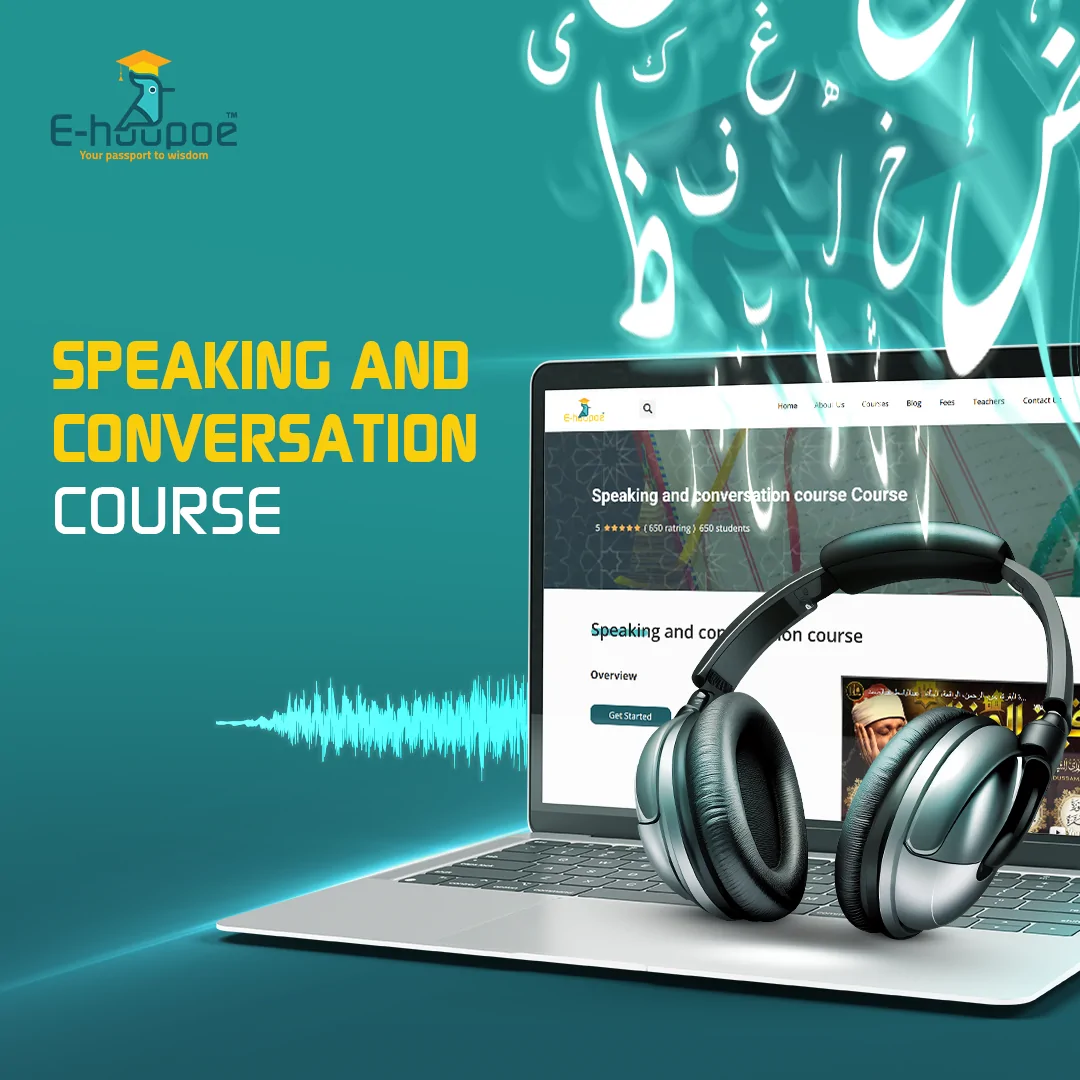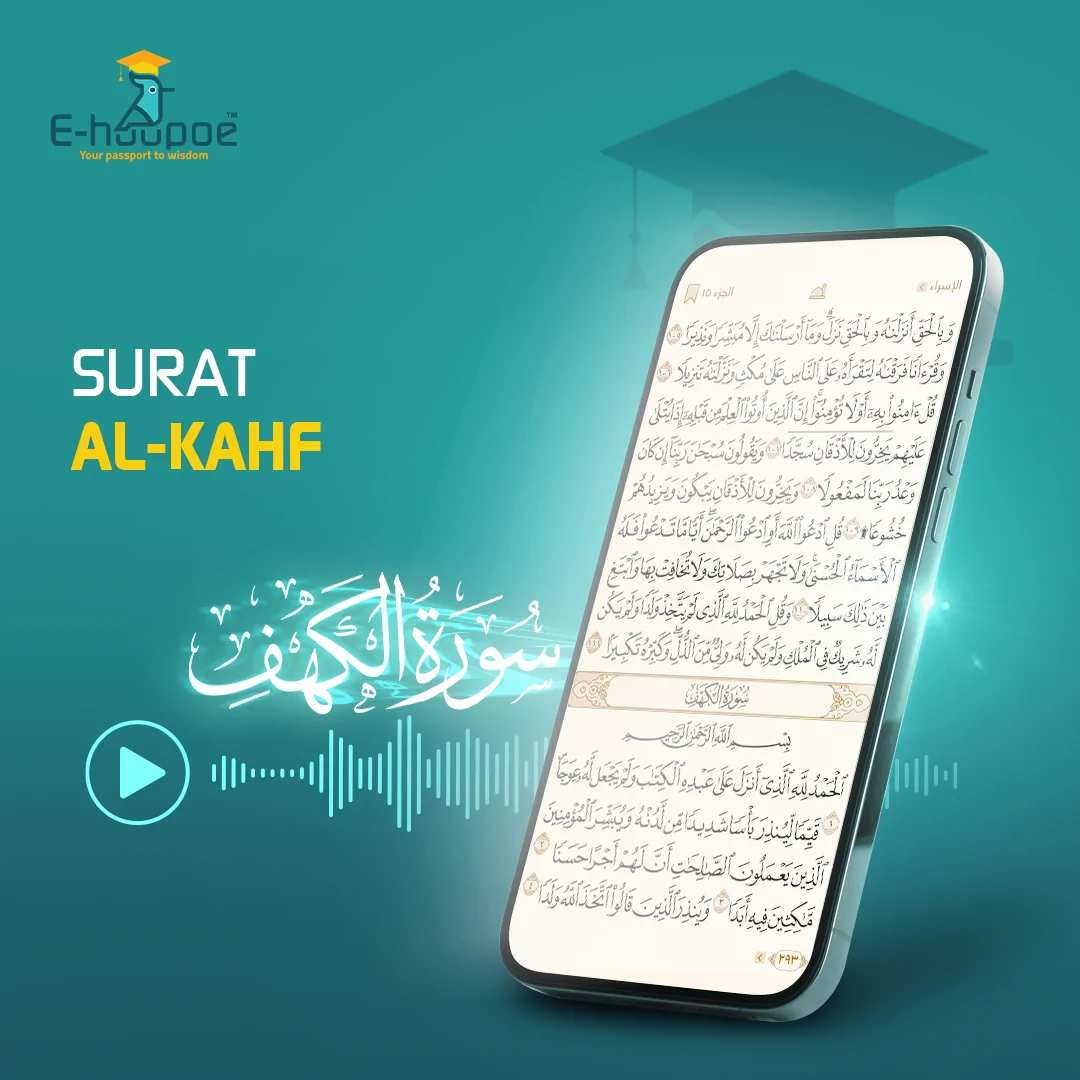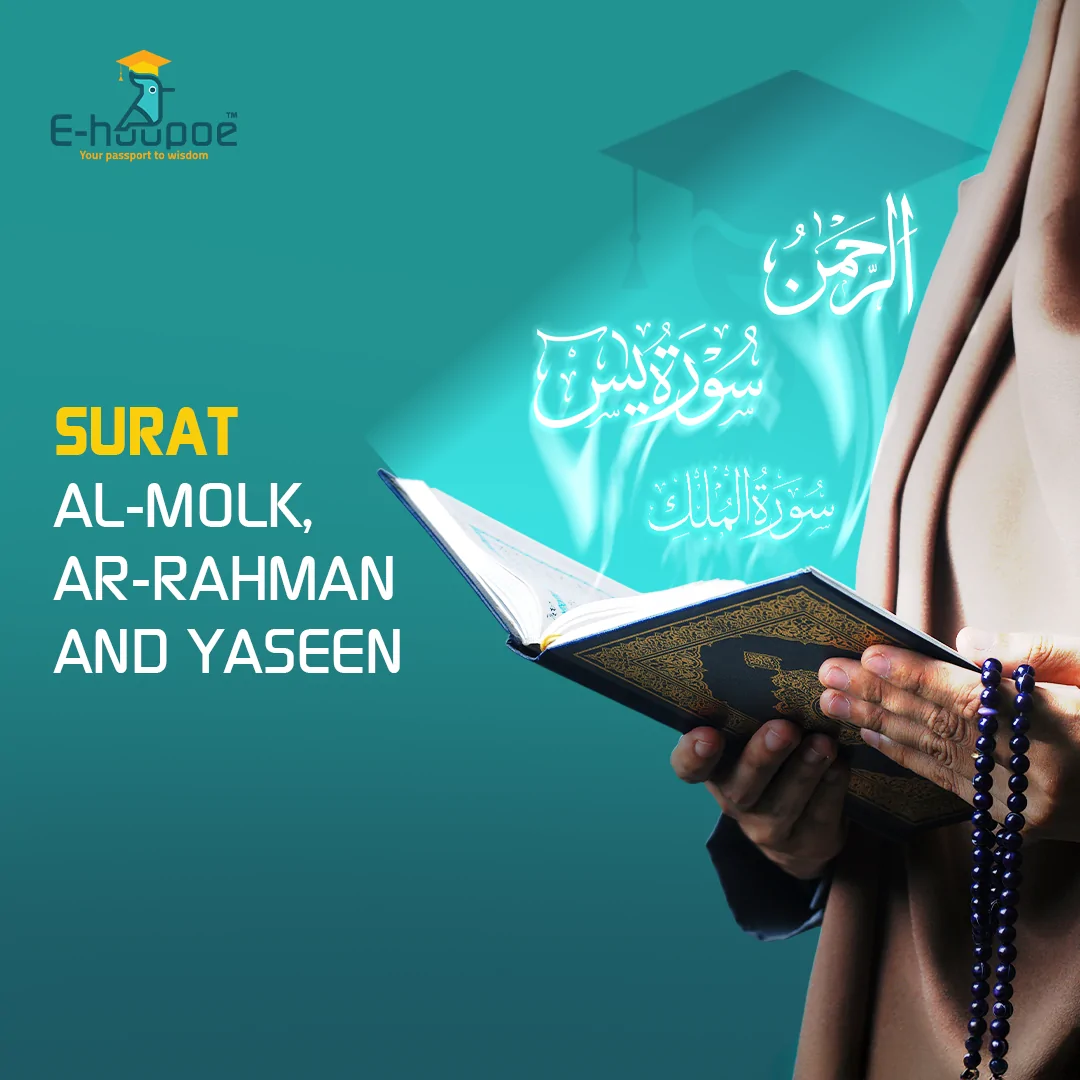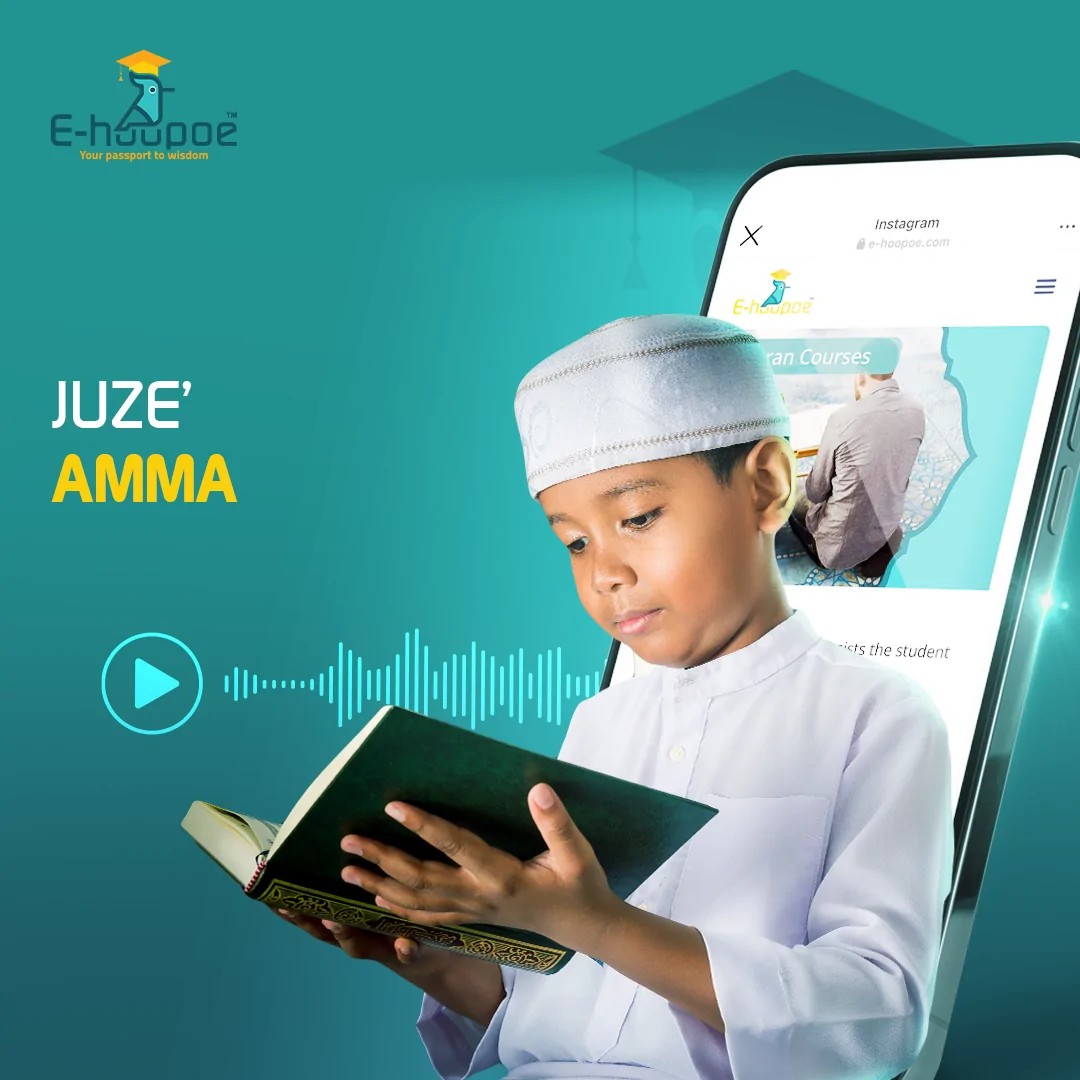When a parent shares their struggles with teaching Arabic to their child, many others immediately relate. It’s a common challenge; teaching children requires a special blend of patience, creativity, and the right environment. Unlike adults, children thrive when learning feels like play, not pressure. But here’s the good news: with the right tools and approach, teaching the Arabic alphabet can become not only easier but enjoyable for both parent and child. So, how to teach a child the Arabic alphabet? Let’s explore 5 effective tactics that can truly make a difference.
1- Introduce the letters
One of the first things to consider when teaching your child the alphabet of Arabic is to make the letters seem friendly and fun. Avoid handing them a plain sheet with all 28 letters in black and white. Instead, bring the alphabet to life using vibrant books that pair each letter with colorful illustrations. This visual connection not only captures their attention but also builds curiosity and excitement about the Arabic language.
If your child is still very young, introduce just one letter per week. Keep it simple:
- Show them the letter.
- Say it aloud clearly.
- Encourage them to repeat after you.
2- Use Arabic alphabet worksheets
Once your child starts recognizing letters, it’s time to strengthen their writing and recall abilities; and worksheets are a fantastic tool for that.
Start with simple tracing exercises. This helps them get familiar with the shapes and flow of Arabic writing, improving their motor skills at the same time.
Add a gentle time limit to some exercises, this helps build focus and creates a sense of excitement. But be careful not to overdo it. Keep variety in your teaching. Rotate between different types of activities to keep your child motivated and curious.
3- Group letters based on their shape
An effective method many teachers use is grouping Arabic letters according to their shapes. This strategy helps children recall letters more quickly and distinguish between those that look similar.
For example, letters like ج (Jeem), ح (Ha), and خ (Kha) share almost the same basic shape, differing mainly in the placement of dots and the sounds they make. By learning these letters as a group, children can focus on the small differences that set them apart, which makes recognition easier and more accurate.
4- Utilize repetition technique
It may seem obvious, but repetition is truly the key to helping your child remember the Arabic letters. When I was young, I grew up hearing my parents saying repetition teaches clever ones, and that’s so true.
One key skill children develop when learning a language is the ability to hear, process, and remember sounds. With repetition, you say the letter aloud and your child repeats it, helping the letter stick in their memory.
To make repetition more fun, use Arabic songs, cartoons, or rhymes featuring the alphabet.
5- Test your child regularly
Every few days, take a little time to test your child on the letters they’ve learned so far. Lay the letters out randomly and ask your child to identify each one.
The key is to keep these mini-quizzes cheerful and fun; make it a game or a playful challenge rather than a test. This way, your child stays motivated and confident while reinforcing their knowledge.
How to teach a child the arabic alphabet: 7 fun activities
- Flashcards: Assist your child in organising the letters from Alif to Yaa using a chart and Arabic flashcards. With practice, they’ll do it independently, boosting recognition and sequencing skills.
- Art activities: Encourage your child to decorate Arabic letters using crayons, paint, or stickersThis creative, hands-on approach strengthens visual and tactile learning.
- Montessori-style trays: Fill a tray with rice or sand for your child to practice writing by their fingers. This sensory activity aids letter memorization and writing skills naturally.
- Puzzle: Arabic alphabet puzzles help children recognize letters while developing problem-solving skills through hands-on play.
- Blocks: Use alphabet blocks featuring Arabic letters to create towers, patterns, or simple words. This method encourages letter recognition and fine motor skills while keeping learning dynamic and fun.
- Letter matching game: Match Arabic letters with pictures or pairs to strengthen memory and recognition.
- Memory games: Flip flashcards to find matching letters, improving memory and letter recall.
Importance of learning at a young age
Younger minds are like sponges, they are therefore able to acquire, and use, basic knowledge very well. Learning at a young age offers numerous benefits that can have a lasting impact on a child’s development and future success.
Key advantages:
- Brain Development: Early childhood brains are highly adaptable, making it the best time for learning.
- Language Acquisition: Early exposure helps children develop strong language skills and multilingual ability.
- Cognitive Skills: Early learning boosts problem-solving, critical thinking, and creativity.
- Foundation for Future Learning: A childhood passion for learning fosters learning and development throughout one’s life.
- Confidence and Independence: Learning new skills builds confidence and encourages independence.
The benefits of enrolling your child in professional institutes
Professional learning institutes provide a supportive environment where trained educators understand each child’s emotional and cognitive needs. This personalized approach leads to stronger communication, allowing knowledge to be delivered in a way that truly connects with the child.
At E-hoopoe, we specialize in early childhood education, combining empathy, expertise, and engaging methods to create a nurturing and effective learning environment. Our courses are designed to build a strong emotional and cognitive connection with each child, helping them absorb and retain knowledge more easily. With a dedicated team who know how to teach a child the Arabic alphabet and a proven, child-friendly approach, we turn learning into a joyful, confidence-building journey that lays the foundation for lifelong growth and success.
Register your child now for our learn Arabic online for kids course. Get a free trial today!
Frequently asked questions
- What is the best way to learn the Arabic alphabet?
Through a comprehensive approach that blends a playful, engaging environment with consistent practice and meaningful activities. Combining visual tools like flashcards and colorful worksheets with hands-on experiences such as letter crafts, and puzzles helps reinforce recognition and memorization.

